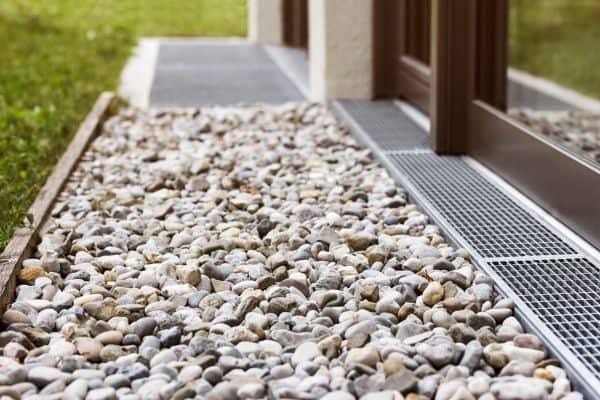Contents
- Picking the Correct Basement Floor Drain for Your Home
- Basement Drain Types: Key Takeaways
- Types of Basement Floor Drains
- Finish off your Basement Drainage System with the Perfect Drain: Final Thoughts
- Basement Drainage FAQs
- Do you need a basement floor drain?
- What Tools and Materials You Will Need for Basement Drainage Systems Installation?
- Why Are Sump Pumps Important for Basement Drainage systems?
- What Do I Need to Know About Maintenance?
- Are There Any Tools That Can Minimize Maintenance?
- What size pipe is used for the basement floor drain?
Picking the Correct Basement Floor Drain for Your Home
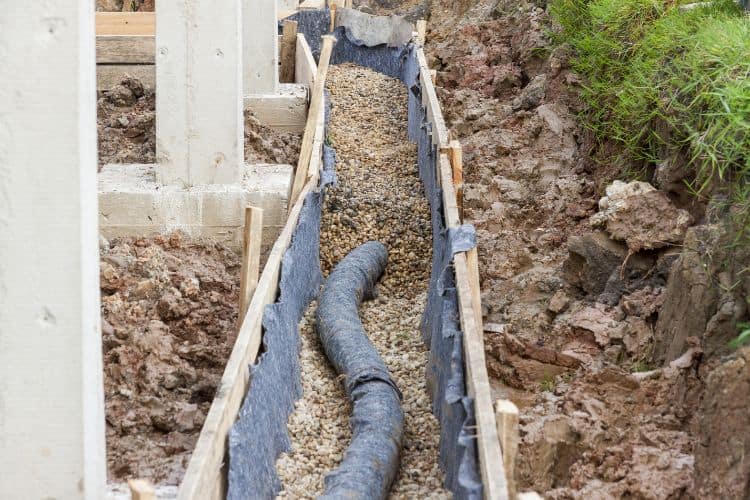
Choosing the optimal floor drain for your basement’s specific needs is essential to help prevent costly and hazardous plumbing issues. Although it may not be something you think about often, understanding the different kinds of floor drains that can be installed can give you peace of mind when it starts raining in biblical proportions outside.
Whether you plump for traditional drains, or more advanced gravity or trench-style designs; it pays to know your options and when to apply them. Read on for greater insight into the most common basement floor drain setups along with their applications within domestic spaces.
Basement Drain Types: Key Takeaways
- Options for basement floor drains include traditional, curtain, channel/trench, sump pits and pumps, and French drainage systems.
- A traditional drain consists of a grate covering a pit or sump.
- Curtain drains are shallow trenches installed around your property to redirect surface and subsurface runoff away from your home.
- Channel/trench drains are long and narrow floor drainage systems that can cover a larger area and handle greater water volumes than traditional floor drains.
- A sump pit with pump system collects water through drains in the basement floor before removing it using an electric-powered sump pump.
- A French drain system is installed deeper than a curtain drain would be and consists of a perforated pipe laid within a sloping trench infilled with aggregate materials and covered with drainage fabric.
Types of Basement Floor Drains
Each type has its own benefits and drawbacks depending on variables like soil conditions, location, and the type and amount of precipitation in your area. Here is a list of the most common kinds:
1. Traditional Floor Drain
If you’ve ever had problems with excess water in your basement then you might be familiar with the traditional floor drain. This simple setup often consists of a grate on top of a sump or pit situated at the lowest point of the floor. Due to gravity any unwanted excess liquid, from sources such as washing machines or leaky pipes, is directed toward and through the grate and removed from your basement. A P-trap is fitted underneath to prevent any unpleasant-smelling gases from entering your home. Though reliable for the most part, these drains may become blocked with debris at times, leading to backups and an unsavory smell in the air.
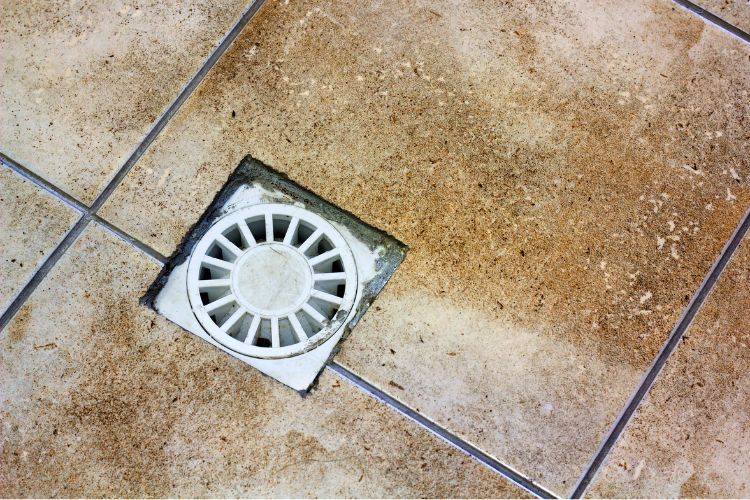
2. Curtain Drain
Curtain drains are designed to redirect surface and subsurface runoff away from a home’s basement and foundations. This is especially important for homes that are built on a slope, near a body of water prone to flooding or often experience heavy rainfall. A perforated pipe is installed within a trench filled with gravel around the perimeter of the home’s foundation. The trench itself slopes downward away from the structure which aids the movement of water away under gravity.
3. Channel or Trench Drain
Channel/trench drains are long, narrow drainage systems typically run down the center of the basement floor or around the perimeter. As with traditional drains, trenches must be installed at the lowest point of the floor to collect any water via gravity, and the water is directed to a sump pump or drainage area from there. Evidently, some floor resurfacing may be required to facilitate drainage via a channel/trench drain.
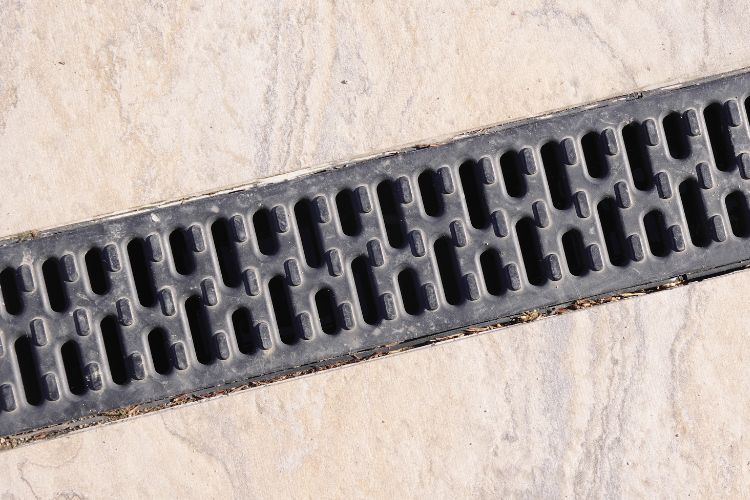
4. Sump Pit and Sump Pump
A sump pit collects excess groundwater and is generally located in a corner beneath the basement floor if you have one, or installed beneath the house foundation if you don’t. When the water level in the pit rises above a certain point a float switch triggers an electric sump pump. Water is then pumped away from the building via a set of discharge pipes.
Submersible sump pumps are the more powerful option, while less expensive pedestal sump pumps can deal with lower levels of water. For homes with a history of water infiltration or located in areas prone to flooding a sump pump is essential.
5. French Drain System with Floor Drains
French drains are designed to redirect water away from a home’s foundation and surrounding areas. It comprises of a perforated pipe laid inside a sloping trench around the perimeter of your home. The trench is then filled with aggregate materials such as rocks, gravel or sand for better drainage which is then covered by drainage fabric and buried under soil. The main difference between this drainage system and curtain drains is it is a lot deeper.
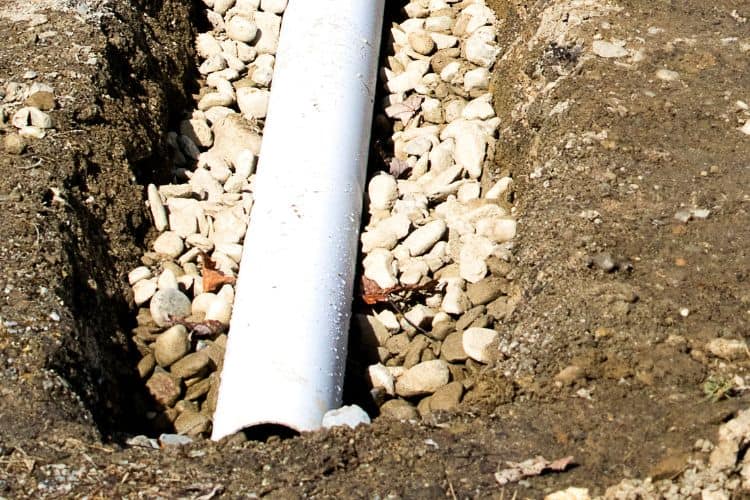
Finish off your Basement Drainage System with the Perfect Drain: Final Thoughts
Choosing the right drainage system is essential when it comes to protecting your home from basement flooding. You may want to take the simple approach of installing traditional and curtain drains or make sure they are backed up with a sump pump system. Whatever you decide, be sure to consult with a professional plumber or contractor experienced in drainage first to ensure you choose the best type for your home.
With the perfect drainage system in place, you can enjoy peace of mind that any water entering your basement will exit quickly without causing damage or needing costly repairs down the line. Don’t forget regular maintenance as well – check out our post about how often drains need cleaning!
If you found this article helpful, please consider sharing it with others or leaving a comment below!
Basement Drainage FAQs
Do you need a basement floor drain?
When it comes to protecting your home from water damage and flooding, then certainly prevention is better than cure. So if you suspect that your basement may be at risk from water-using appliances like washing machines or water heaters leaking, or even heavy rain and snowfall, then you should seriously consider installing some sort of internal or external drainage.
With the help of an experienced plumber, you can work out what’s best for your particular situation – whether it’s a new system or improving on the one you already have.
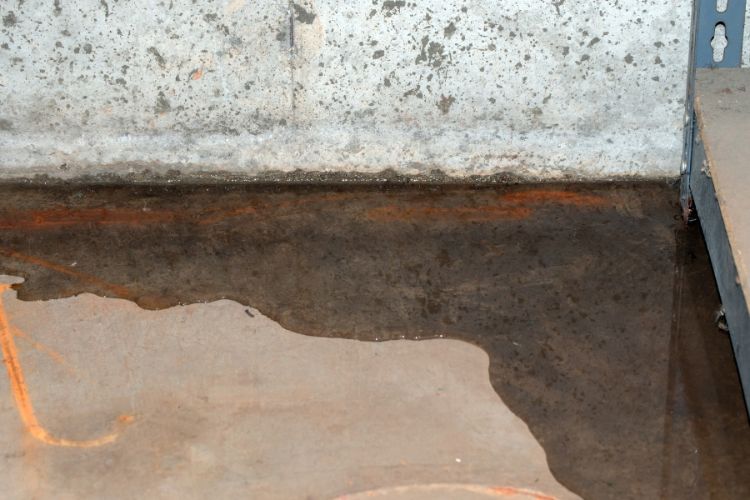
What Tools and Materials You Will Need for Basement Drainage Systems Installation?
Installing a drainage system requires several specialized tools and materials. Some of the essential tools you’ll need include a reciprocating saw, a hammer drill with masonry bits, an adjustable wrench, and PVC cutter. For safety equipment, you’ll need safety glasses, gloves, and a dust mask to protect yourself from dust and debris. Additionally, you’ll need various plumbing materials depending on the type of drain system you want to install. For instance, if you plan to use a trench system, you’ll need PVC pipes and fittings, concrete mix or precast channels with grates for covering the drain.
Since this type of job can be complex and time-consuming we recommend speaking to a licensed plumber experienced in installing these kinds of systems. Not only do they know exactly what tools and materials are needed but can also ensure the job is done safely and correctly without any oversights or potentially costly mistakes being made.
Why Are Sump Pumps Important for Basement Drainage systems?
When it comes to keeping your basement dry, don’t forget the all-important sump pump. This little workhorse kicks in during heavy rainstorms, melting snow, or any other kind of water-related onslaught so you won’t have to worry about soaking up bad news (or worse: expensive repairs).
Plus, using a sump pump lowers the chance of having any standing water in the basement, the ideal mosquito breeding ground, and conditions for mold growth.
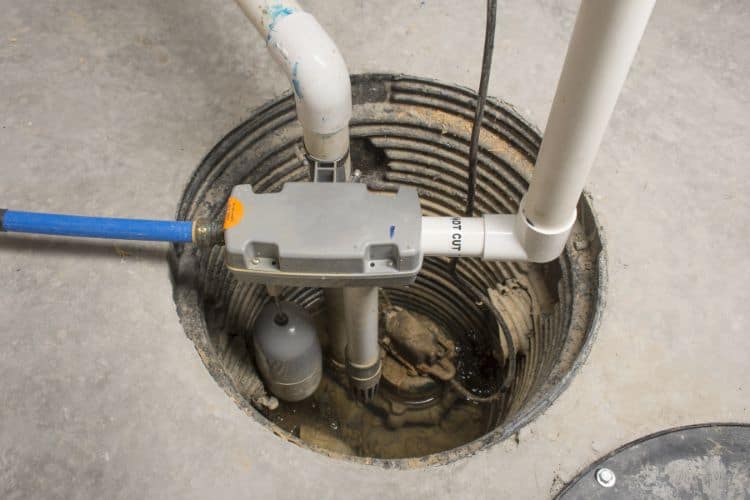
What Do I Need to Know About Maintenance?
Maintenance is key when it comes to preventing issues with your basement floor drains. Here are a few tips to keep them in tip-top condition:
- Clear out hair and soap scum that may have accumulated in the drain on a regular basis.
- Every week pour hot water down the drain to get rid of any clogs or accumulation of material inside.
- Whenever you notice drainage taking longer than usual, use a plunger or plumbing snake to remove any blockages.
- Clean the grates on top of the drain regularly to prevent any buildup and improve drainage.
By applying these easy steps you’ll be able to keep your drainage system from needing repairs or any costly maintenance for longer. However, if you do encounter any issues or feel unsure about how to handle maintenance tasks on your own, be sure to call a professional plumber.
Are There Any Tools That Can Minimize Maintenance?
A backwater valve can safeguard your system by allowing water to flow in one direction only i.e. away from your home. During heavy rainfall or flooding events, this valve will prevent any sewage backup from being forced back into your property. Similarly, investing in catch basin inserts adds additional protection by functioning like a sieve and preventing debris and other material from entering and clogging the drain system.
On top of that, regular cleaning and inspection can help prevent issues from becoming serious. This includes removing any standing water or debris around the drain area, as well as using a plumbing snake or hydro jet to clear out any blockages or buildup in the pipes.
While these tools and regular checks are helpful in maintaining your system, you should still schedule professional inspections and maintenance checks to ensure your system is performing optimally and safely.
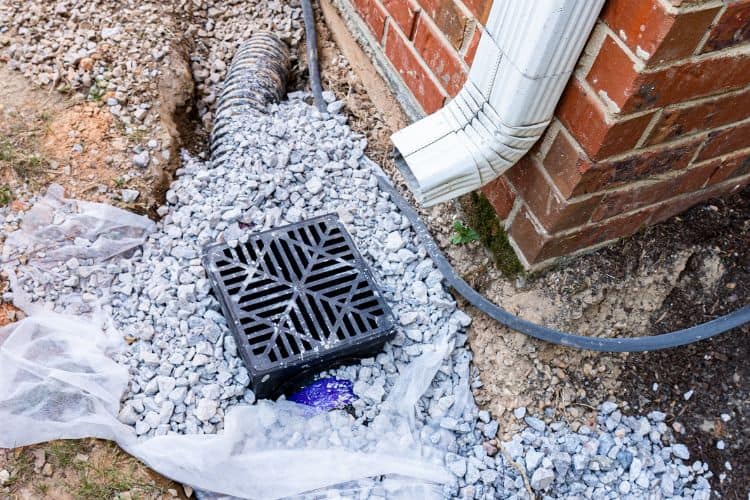
What size pipe is used for the basement floor drain?
Size will depend on factors such as total water flow volume and distance required to carry waste away from a property. Typically for most residential general use a 2-inch or 3-inch PVC pipe will suffice. If you’re expecting heavy water flow or significant amounts of waste material to be traveling through the drain system, you’d better go with a 4-inch PVC tube!
Always keep in mind that local building codes may have specific size requirements for floor drain pipes, so it’s always best to consult with a professional before beginning any plumbing projects. Not choosing the right sizes can potentially lead to clogging and backups in your home’s plumbing system causing costly damage and potential health hazards down the line!
